Fast food is a type of mass-produced cuisine aimed at commercial resale, with a focus on “speed of service” over other culinary science-related requirements. Fast food was created as a marketing strategy to cater to the expanding number of harried commuters, travelers, and wage workers who couldn’t afford to sit around and wait.
Pre-cooked meals are maintained in readiness for a customer’s arrival, reducing waiting time to only seconds. Other fast-food restaurants, particularly those that serve hamburgers (McDonald’s, Burger King, and so on), rely on mass-produced pre-prepared ingredients.
A fast-food restaurant is referred to as a “quick-service restaurant,” or QSR, in the business. Fast-food establishments such as McDonald’s, KFC, and Burger King are the easiest to comprehend. Because of its convenience, fast food has a grasp on a large segment of the American food sector. Many people think of it as quick and easy, and they appreciate those qualities in their food.
The food industry is a major sector of the world economy, accounting for 10% of total economic activity, according to the World Bank.
The Growing Market
The food supply chain, an ever-changing business, has witnessed a global transition in the last two years as consumer demands have touched many aspects of the industry, including the bankruptcy of many restaurants and an increase in supermarket sales.
Due to rapid prohibition and globalization, an increase in the number of eateries is projected to drive the expansion of the fast-food sector. Furthermore, the market is growing because of an increase in customer health awareness and demand for nutritious and flavorful meals.
The fast-food market has grown significantly as the urban population’s pace of life has increased, as has their need for speedier and less expensive eating options. Fast food is fueled by a sedentary populace that expects meals to be delivered to their homes.
This market arose as a result of rising disposable income and the demand for convenient and affordable food. Furthermore, rising consumer health consciousness and desire for nutritious and flavorful foods are propelling the industry forward.
Fast food generates about $570 billion in revenue globally, which is more than the financial value of most countries. The fast-food business in the United States is increasing at a 2.4 percent yearly rate, with a compound annual growth rate of 4.6 percent predicted from 2020 through 2027.
The Expanding Take-out Business
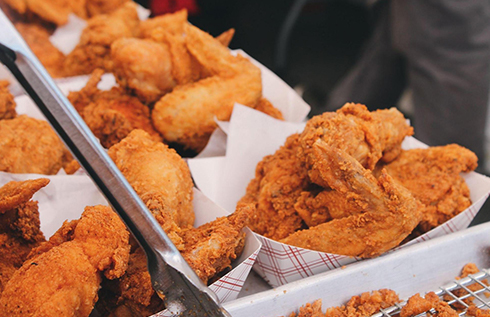
Take-out is a very big part of the current trends in fast food industry. The need for pickup and take-out business is increasing. Customers can either pick up their food from the location where they bought it online or have it delivered to them by a food delivery worker.
For individuals who are in a hurry, such solutions save a lot of time. With social distancing in place, consumers often visit restaurants in person to pick up an online order or order takeout.
Despite the fact that many restaurants now provide pick-up and take-out, the total number of orders had decreased, and individuals were visiting these establishments less frequently during COVID. As demand has now grown, so have wait periods, prompting customers to seek choices with faster delivery times. This means greater cross-visitation for in-person trips, especially when another, less packed choice is close.
Since the commencement of the lockdown operations, foot traffic to fast food and casual dining establishments had declined by 45 percent and 67 percent, respectively, which is now steadily growing through the expansion of the Take-out business.
10 Fast-food Trends You Can’t Overlook
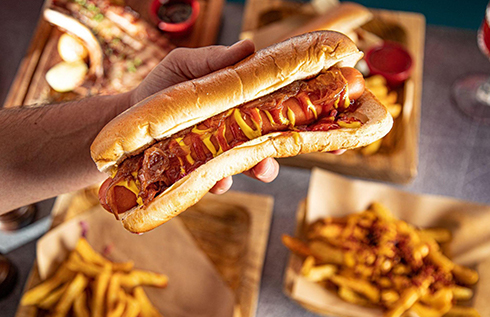
COVID-19 has had a wide-ranging influence on enterprises and the economy, but its repercussions on the foodservice industry have been particularly difficult. Fast-food eateries performed slightly better during the epidemic than full-service restaurants or upscale dining places.
Despite its numerous obstacles, the fast-food restaurant industry is predicted to grow at a rate of more than 10% each year through 2027. Eating at a fast-food restaurant is a way of life for some people, and they do it multiple times a week. For others, it’s a recurring occurrence. There are numerous fascinating and interesting fast food trends 2022 when it comes to all forms of fast food.
1. More Vegan Options
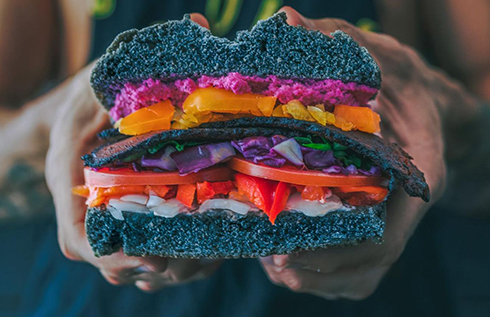
As you learn more about the latest fast food trends, you’ll notice that more vegan and vegetarian alternatives are appearing on menus – and not just in fine dining venues and veg-focused eateries. Plant-based is making inroads into the fast-food industry, from Burger King to Nando’s.
Some restaurants have joined with startups like Impossible Foods and Beyond Meat to create outstanding vegan burgers. The excitement was sparked by the popularity of these companies and the success of their partnerships with various fast-food establishments.
For example, Carl’s Jr., Burger King, and Del Taco stores across the US provide vegan fast food options. Even KFC is considering adding plant-based choices to its menu.
3. Updated Equipment

Energy efficiency is important not only in the house but also in the office. Numerous fast-food restaurants are adding smart equipment to conserve electricity. Some restaurants have examined all of the machinery used during the manufacturing process to determine where energy can be saved, and this trend is expected to continue in 2022.
There is equipment built expressly to prepare meals faster, saving energy and increasing operating efficiency. Some appliances have WiFi built in to help team members communicate more effectively. Simply said, smart appliances can have a substantial financial impact.
3. Online Food Delivery
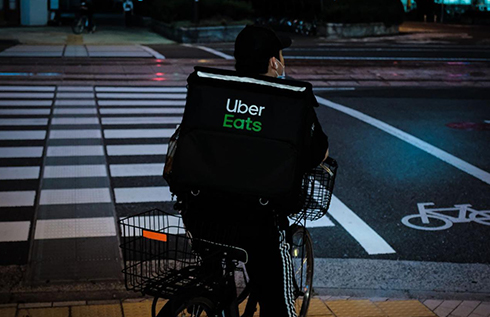
Deliveries aren’t exactly a new fad. To accommodate the increased demand from customers, several fast food businesses, as well as casual and fine dining places, began implementing delivery prior to COVD. Despite the high commission prices, third-party services such as GrubHub, Uber Eats, and DoorDash were the most popular choice since they improved exposure while removing the hassle of coordinating drivers, mileage reimbursement, and POS system adjustments.
According to a June 2021 study by DoorDash, 43 percent of customers choose in-house delivery services. According to the report, 39% of customers believe that ordering directly from the restaurant’s app or website is easier, and 30% prefer the familiarity of doing so.
While third-party apps relieve some of the business’s burden, an in-house solution eliminates hefty commission fees and allows you to maintain control over the drivers and vehicles.
4. Sustainable Packaging
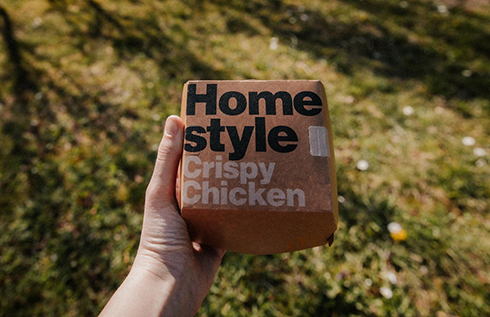
Making better environmental judgments is a business decision that benefits both you and your customers, and more and more individuals are coming to this realization in 2022. As a result, during the coming year, you can expect to see an increase in the use of sustainable packaging. This includes recyclable materials, plant-based and biodegradable materials, and the continuing replacement of plastic straws.
Many fast-food restaurants, such as KFC, Burger King, and Jolibee’s, are employing burger paper container, french fries paper box, and hot dog paper tray as more environmentally friendly packaging.
5. More Bevarage options

At fast-food places, you’ll see a lot of the same drinks. This, however, is something that has changed and will continue to change in the future. Some restaurants, for example, will serve sparkling water and specialty beverages that aren’t always readily available.
Similar to going to a happy hour event at a casual restaurant, there’s usually an expectation that you’ll drink an alcoholic beverage. This is changing, as more non-alcoholic beverage options are being offered during happy hour in casual eateries.
6. Expanded Kid’s Menu

On a kids’ menu, customers have grown to expect the same types of dishes. Given the rise in the number of people interested in plant-based cuisine, the types of foods available on children’s menus are changing. It is widely accepted that many children eat the same meals as their parents.
If seafood is available on the main menu, it may now be available on the children’s menu. When it concerns to children’s menus, restaurant owners are trying something different. Plant-based and organic options will be more prevalent. While portion sizes will remain smaller than on the main menu, the variety of foods will grow in the coming years.
7. Healthier Menu
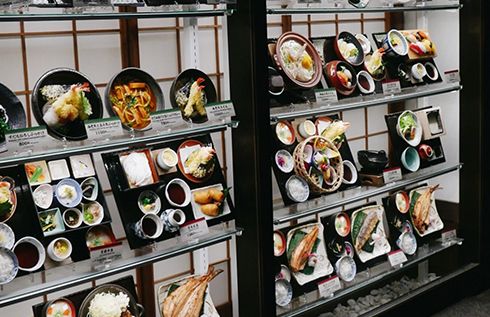
Fast food restaurants have begun to add different types of butter that are considered healthy alternatives as part of the movement to offer healthy eating options. Some restaurants, for example, substitute macadamia butter and chickpea butter for some of the contentious oils.
Aside from catering to customers who prefer not to consume saturated oils, there is also a desire to eliminate palm oil use. The usage of various sweeteners is also debatable due to conflicting information about their safety. It’s for this reason that healthy sweeteners are making their way into the market and are predicted to become a fast-food fad.
Sweet potato, monk fruit, coconut, and pomegranate are some of the sweetener alternatives to sugar and honey.
8. Self- ordering
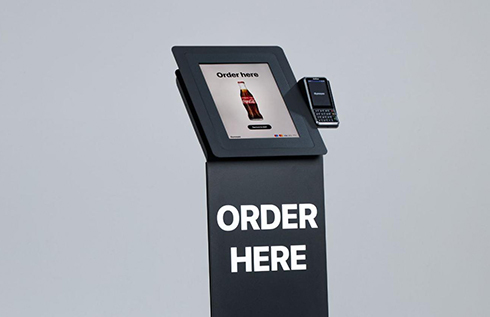
The convenience element contributes to the success of the fast-food concept. Self-ordering alternatives are being implemented by some fast-food establishments in order to meet customer expectations. This includes the ability to place food orders online for immediate pickup.
Another possibility is to employ digital onsite menu boards that allow self-ordering. The entire experience is speedier when this technology is employed, and there are usually no long queues. A pick-up cabinet, which allows customers to pay for their meal remotely and then pick it up from a cabinet at a fast-food restaurant by inputting a code, is an even more complex option.
9. Ghost Kitchen

One of the latest fast food restaurant trends in 2022 is the growth of ghost kitchens. These installations, often known as commissaries or off-premise kitchens, allow several restaurants’ delivery orders to be prepped and cooked away from their respective locations.
The facilities assist each of those locations in lowering utility costs, adding additional equipment, reorganizing space, and hiring additional personnel. A tiny, independent restaurant with only one location may not be able to finance a satellite location, but a hospitality or restaurant company may be able to.
The ghost kitchen model, for example, would benefit a group with many fast food concepts in the same area because it integrates the delivery process in a common space without spending additional money renovating separate sites.
10. Multiple Payment Options
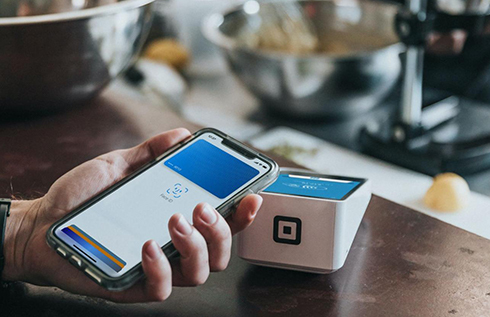
We’ve all discussed introducing payment applications in 2021, but this is a fast food trend that will continue to develop in the coming year. Of course, this isn’t a new tendency. In reality, in the 2010s, certain restaurants, such as Starbucks and Chipotle, began to provide mobile payment options.
As delivery and curbside concepts overtake traditional walk-in and drive-thru models, more QSR and FSR restaurants will need to accommodate numerous quick-pay solutions as the next step in their evolution. Start investigating which payment apps to incorporate if any fast food outlet does not accept mobile payments.
It’s also crucial to have a variety of solutions that accommodate different types of mobile consumers. Like,
- Apple Pay is only available on iOS devices.
- Samsung Pay is available on a limited number of Android and Samsung handsets.
- Google Pay is available on both iOS and Android devices.
Conclusion
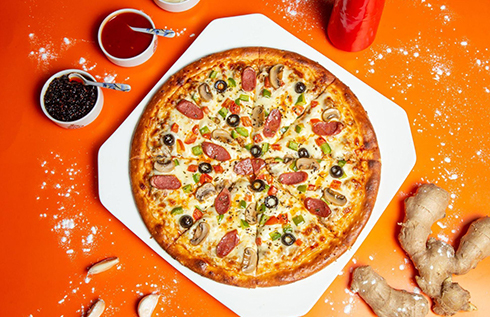
All of these phenomena are the current trends in the fast-food industry. The fast-food business will undoubtedly continue to play an important role in the cultural landscape. By incorporating the aforementioned trends, restaurateurs are meeting the expectations of customers, particularly in terms of efficiency and eating in a more health-conscious manner.
Given that fast food, consumption is frequently connected to poor health, some of the upcoming improvements will help to improve the industry’s image. While fast food isn’t meant to be consumed every day of the week, the adjustments that are occurring will provide regular customers with more options.
If you are looking out for sustainable packaging options, in bulk quantities, and custom options, you can contact YoonPak.







